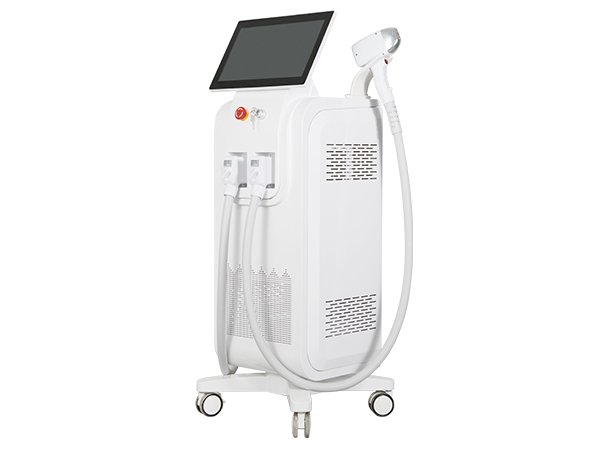Yes, laser cleaning is highly effective for cleaning metal surfaces. It is widely used across industries to remove rust, paint, oxides, oil, and other contaminants from various types of metal without damaging the base material. Laser cleaning technology offers a precise, eco-friendly, and non-contact method for preparing or restoring metal surfaces.
How Laser Cleaning Works on Metals
Laser cleaning uses a high-intensity laser beam to target contaminants on a metal surface. The energy from the laser is absorbed by the rust, paint, or dirt, causing it to vaporize or be ejected from the surface. This process is called laser ablation. Importantly, the base metal remains unharmed because the laser’s intensity is calibrated to affect only the top unwanted layer.
There are two main types of laser cleaning:
-
Pulsed Laser Cleaning: Emits short bursts of energy and is ideal for delicate or precision tasks.
-
Continuous Wave (CW) Laser Cleaning: Provides a constant beam and is used for large-scale or heavy-duty cleaning tasks.
Types of Metal Cleaning Applications
Laser cleaning is suitable for nearly all metal types, including:
-
Steel and Iron: Laser cleaning is especially useful for rust removal from iron-based surfaces. It can strip off corrosion while preserving the integrity of the metal.
-
Aluminum: Due to its softer nature, aluminum requires careful cleaning. Pulsed lasers are often used to clean paint or coatings from aluminum without melting or pitting the surface.
-
Copper and Brass: Laser technology can clean oxidation or solder residue from these metals, especially in electrical or manufacturing applications.
-
Stainless Steel: Commonly used in food, medical, and construction industries, stainless steel benefits from laser cleaning as it maintains a clean, smooth, and hygienic surface.
Advantages of Laser Cleaning Metal Surfaces
-
Non-Damaging: Unlike abrasive methods like sandblasting, laser cleaning preserves the original surface of the metal, avoiding scratches or material loss.
-
Precision: The laser beam can be controlled to target only specific areas, making it suitable for detailed work or cleaning around complex geometries.
-
Environmentally Friendly: No chemicals, solvents, or blast media are required, resulting in less environmental impact and cleaner workplaces.
-
Cost-Effective Over Time: Although the initial investment may be high, laser cleaning reduces ongoing costs associated with consumables, waste disposal, and surface rework.
-
Minimal Maintenance: Laser systems have fewer moving parts and lower wear and tear compared to mechanical cleaning methods.
Industrial Use Cases
Laser cleaning of metal is widely adopted in sectors such as:
-
Automotive: Removing rust and paint from car parts before repainting or welding.
-
Aerospace: Cleaning turbine blades, fuselage parts, and welds with high precision.
-
Shipbuilding: Stripping marine corrosion from steel surfaces.
-
Metal Fabrication: Surface preparation before coating or joining metal parts.
Conclusion
Laser cleaning is an advanced, safe, and efficient method for cleaning metal surfaces. It offers unmatched precision, eliminates the need for harsh chemicals, and protects the integrity of valuable components. As the technology becomes more accessible, industries worldwide are increasingly choosing laser cleaning as their go-to solution for metal surface treatment.





